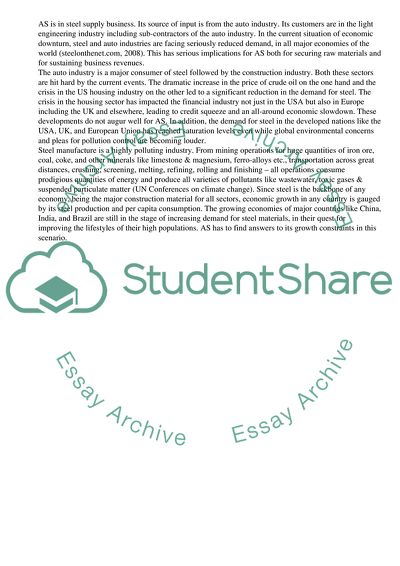Cite this document
(Critical Success Factors Term Paper Example | Topics and Well Written Essays - 2500 words, n.d.)
Critical Success Factors Term Paper Example | Topics and Well Written Essays - 2500 words. Retrieved from https://studentshare.org/business/1719073-this-piece-of-course-work-is-based-on-the-allocated-case-study-abbey-steel-ltd
Critical Success Factors Term Paper Example | Topics and Well Written Essays - 2500 words. Retrieved from https://studentshare.org/business/1719073-this-piece-of-course-work-is-based-on-the-allocated-case-study-abbey-steel-ltd
(Critical Success Factors Term Paper Example | Topics and Well Written Essays - 2500 Words)
Critical Success Factors Term Paper Example | Topics and Well Written Essays - 2500 Words. https://studentshare.org/business/1719073-this-piece-of-course-work-is-based-on-the-allocated-case-study-abbey-steel-ltd.
Critical Success Factors Term Paper Example | Topics and Well Written Essays - 2500 Words. https://studentshare.org/business/1719073-this-piece-of-course-work-is-based-on-the-allocated-case-study-abbey-steel-ltd.
“Critical Success Factors Term Paper Example | Topics and Well Written Essays - 2500 Words”, n.d. https://studentshare.org/business/1719073-this-piece-of-course-work-is-based-on-the-allocated-case-study-abbey-steel-ltd.


